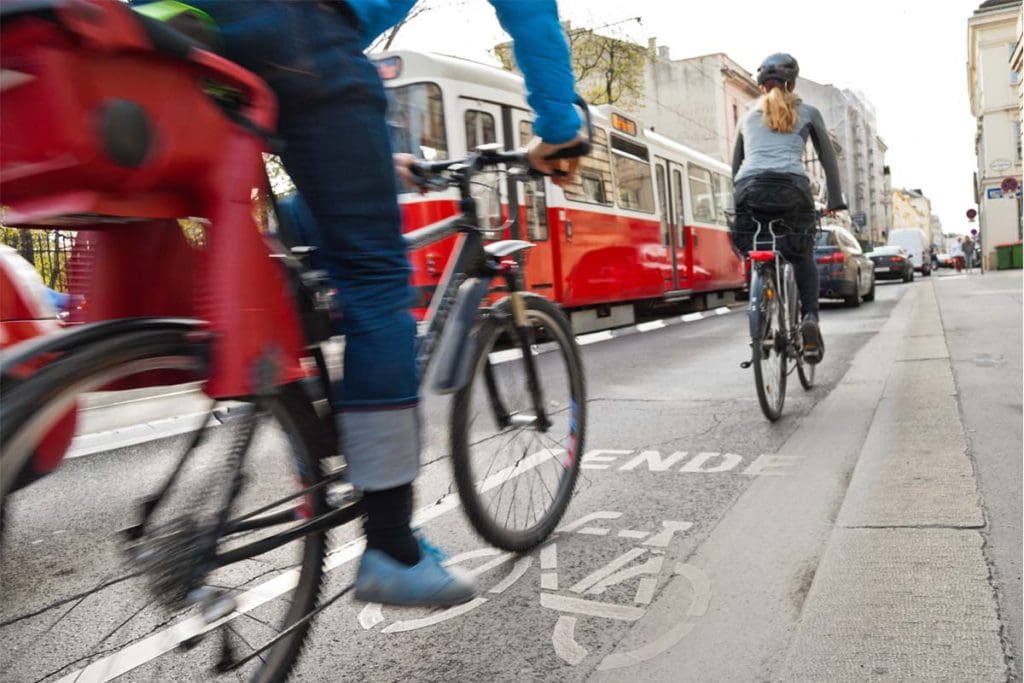IRAP Brings Easy Evaluation of Safety for Cycling Routes

Ljubljana, Slovenia
A new evaluation tool to assess the safety levels for cyclists on roads and bike infrastructure was launched at the Velo-city Conference in Slovenia last month.
CycleRAP uses data about the features of a road, street or path to evaluate the risk of crashes for bicyclists and light mobility users.
It has been released by the International Road Assessment Programme (iRAP), a registered charity “dedicated to saving lives by eliminating high-risk roads throughout the world”.
“CycleRAP is a model which can be used for easy, affordable and fast evaluation of road and bicycling infrastructure for safety. It aims to help cities and others identify where the risk of bicycle and light mobility crashes is high so safety can be improved,” iRAP says in a statement.
It says the model’s official release follows pilot programs in Europe and four years of research development in consultation with global cycling and safety experts.
“It comes at a critical time, where cities around the world are working to improve the infrastructure and safety of sustainable transport modes.
“The CycleRAP model and data will be valuable to a wide range of stakeholders, including transport and urban planners, bike share and micro mobility sharing service providers, bicycle courier and food delivery companies and school communities.
“CycleRAP is the first globally-applicable model of its kind,” iRAP’s Global Innovation Manager and Cities Specialist, Monica Olyslagers, said.
“iRAP remains committed to providing evidence-based road safety models that can inform good policy, investment and design for safer mobility. Safety for bicycling and other forms of light mobility are critical for cities moving toward more healthy and environmentally friendly modes.”
IRAP says CycleRAP expands upon the organisation’s Bicyclist Star Ratings, so paths can be assessed independent of road networks.
“It also takes into account a broader range of crash types relevant to bicyclists and other forms of light mobility.”
It not only assesses the risk of conflicts with large vehicles, but also with other cyclists or light mobility riders, pedestrians, and crashes not involving other users.
Monica said: “It is estimated that internationally 60-90% of hospitalisations resulting from bicycle and light mobility crashes do not involve a direct conflict with a vehicle.
“Even where someone is severely injured in a bicycle crash, if a vehicle isn’t directly involved, only an ambulance is called. The crash rarely makes it into police reports.
“Bicycle crashes are notoriously under-reported everywhere.
“CycleRAP fills this gap so that those responsible for managing this infrastructure can pinpoint where high-risk sections are and improve the safety of them before crashes happen.”
